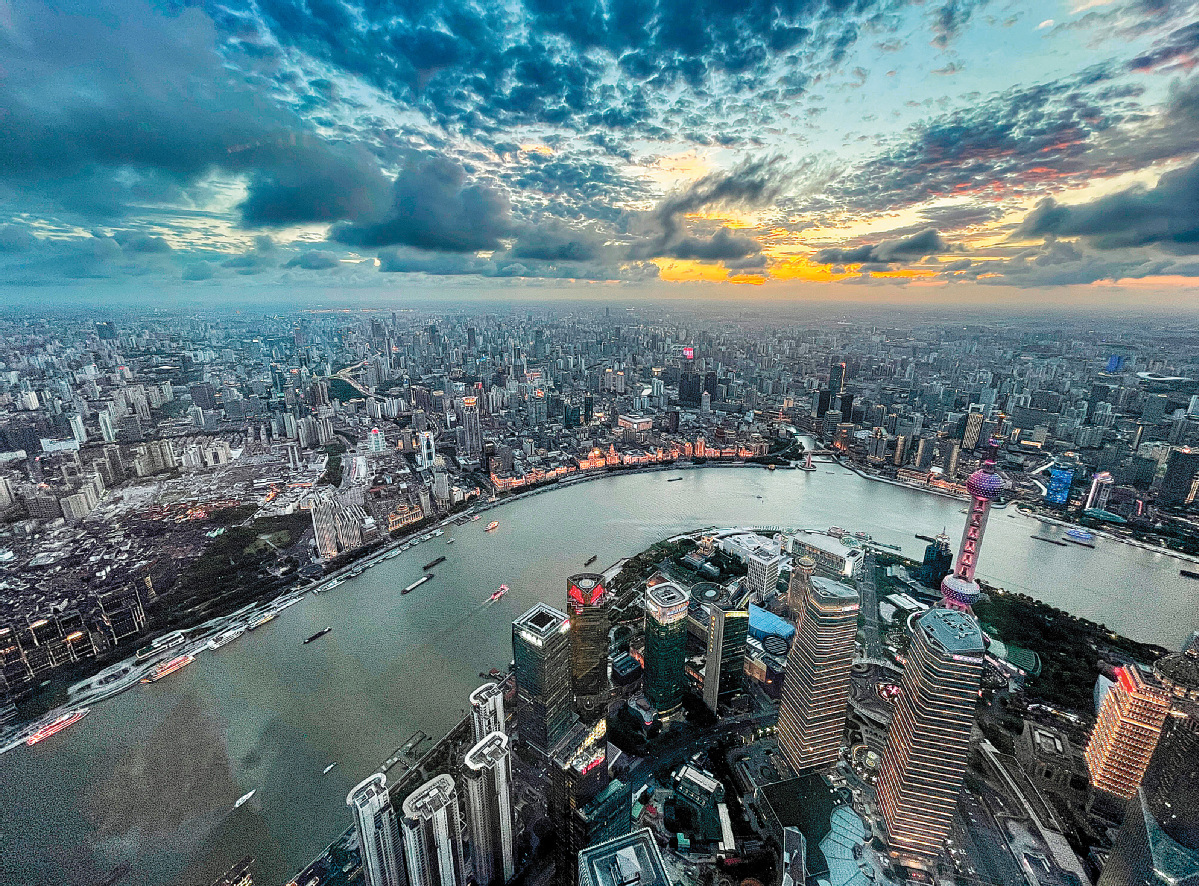Cities ponder business life after COVID


Working from home, videoconferencing change mindsets as new future beckons
City planners, demographers, politicians and academics are considering how cities will look in the post-pandemic era as vaccinations take hold and people learn to live with the coronavirus.
It is a reasonable assumption that city life will recover, with restaurants, bars, cinemas, theaters and museums back in business, but the big question is will central business districts have the same buzz as they did before the COVID-19 pandemic emerged?
The jury is still out on this, as countless workers around the world have left their offices to operate from home.
In a report last year titled "Reimagining the office and work life after COVID-19", global consultants McKinsey & Co said the pandemic has brought unprecedented human and humanitarian challenges.
"Before the pandemic, the conventional wisdom had been that offices were critical to productivity, culture and winning the war for talent," the report said.
"Companies competed for prime office space in major urban centers around the world, and many focused on solutions that were seen to promote collaboration."
McKinsey found that during the height of the pandemic last year, some 62 percent of people in the United States worked from home, compared with 25 percent a few years ago.
"During the pandemic, many people have been surprised by how quickly and effectively technologies for videoconferencing and other forms of digital collaboration were adopted. For many, the results have been better than imagined," the report said.
The past two years have seen lockdowns, supply line disruptions, travel restrictions, planes grounded and massive disruptions to the tourism and education sectors worldwide.
No one knows whether commercial life will recover from the pandemic, or if companies will need to have all their staff members working from offices again.
In view of technological advances, the questions now are do we need to work in cities, and do we need to cram into overcrowded trains and buses or spend hours in traffic jams just to travel to and from work?
The pandemic has shown that people work just as well from home as they do from an office.


















